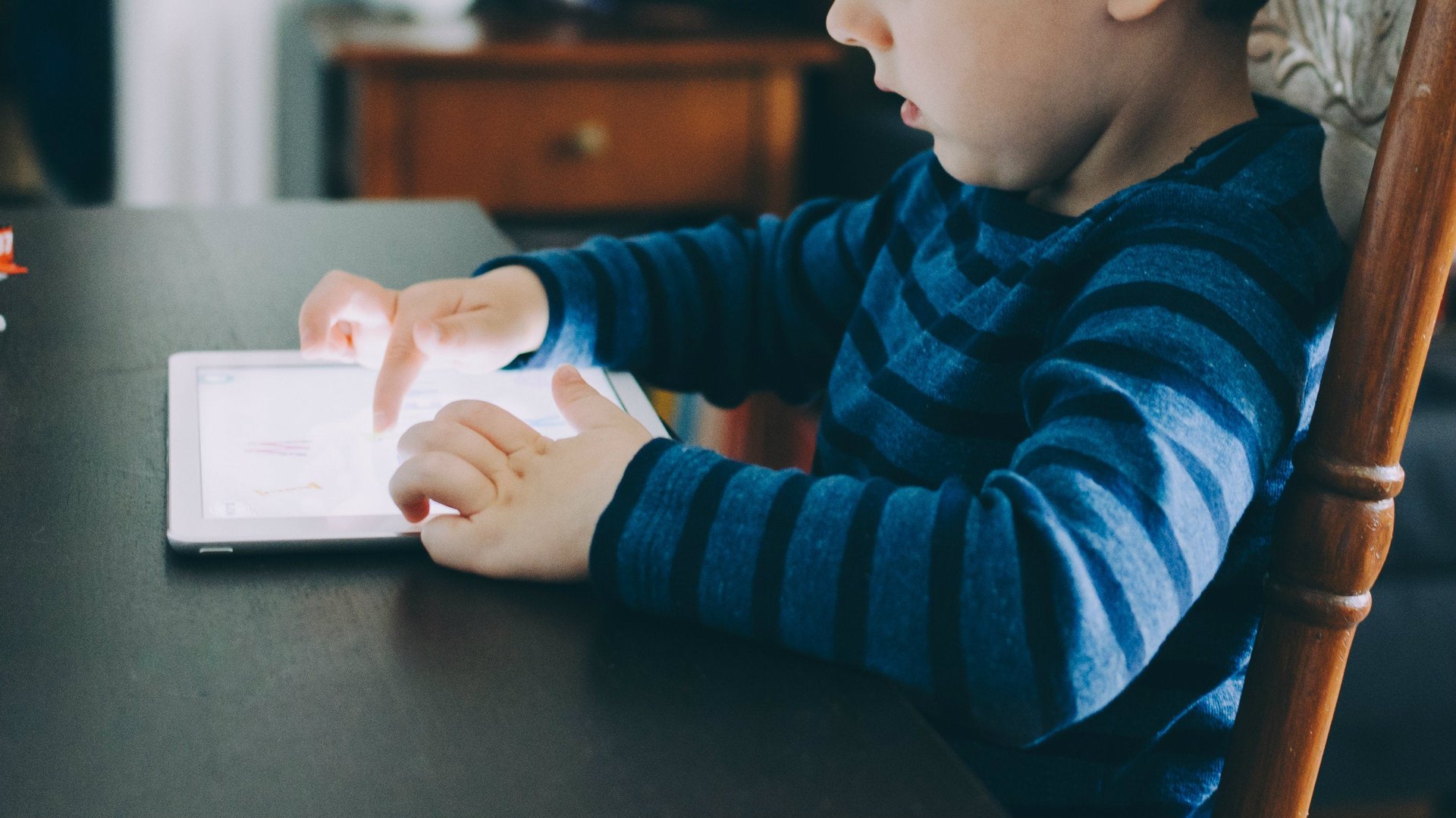“It’s not a drug, but it may as well be”: Expert opinions on whether kids are addicted to tech
Most people associate the word “addiction” with problems like gambling, alcoholism or drug abuse. But look at a child bent intently over the electric-blue glow of a smartphone, and it’s hard not to wonder whether we need to expand our definition of “addiction”.


Most people associate the word “addiction” with problems like gambling, alcoholism or drug abuse. But look at a child bent intently over the electric-blue glow of a smartphone, and it’s hard not to wonder whether we need to expand our definition of “addiction”.
The question of whether kids are actually addicted to technology loomed large at a day-long conference Wednesday (Feb. 7) sponsored by Common Sense Media and the Center for Humane Technology. Robert Lustig, a professor of pediatrics focused on endocrinology at the University of Southern California and author of The Hacking of the American Mind, said at the conference the answer was unambiguously yes.
“It’s not a drug, but it might as well be. It works the same way … it has the same results,” he said.
Lustig studies what happens to our brains when they’re addicted, be it to sugar or heroin. He’s found that the brain responds to technology much in the same way it responds to other addictive substances. ”Technology, like all other ‘rewards,’ can overrelease dopamine, overexcite and kill neurons, leading to addiction,” he said. Too much use of technology can cause stress in the brain, which has two negative effects. First, more stress leads the brain to release cortisol, which can kill neurons on the “memory” center of the brain (the hippocampus). Second, the stress can inactivate the brain’s prefrontal cortex, or the “executive” part of the brain, which normally limits dopamine and our sense of pleasure or reward. When the brain gets used to a higher level of dopamine, it wants us to keep seeking out the addictive substance or habit.
Adolescents, he noted, are particularly susceptible to almost every psychiatric disease—schizophrenia, anxiety, addiction, depression—in part because their prefrontal cortex is the last part of the brain to develop and to “myelinate,” or develop a sheath that protects neurons. Given teens’ particular vulnerability, and the evidence that brain imaging and kids’ behaviors that technology is hurting them, we need to take action.
“Any force in our lives, whether it is substance or behavior that is ubiquitous, toxic, abused and has negative impacts on society requires some form of societal intervention,” he said. “Technology addiction clearly meets the bar.”
Lustig pointed out that the most recent update to the Diagnostic and Statistical Manual, or DSM-V, published in 2013, expanded the definition of what constitutes addiction to include behavioral addictions like gambling as well as substance addictions. Among the nine criteria for dependence? Craving a given item, habit, or substance; use of that item resulting in a failure to complete major tasks (like work), and use of that item creating hazards (like, say, checking your phone while driving).
“This is tech addition plain and simple,” he said. “If you think it has to be a drug addiction, you are wrong.”
Jenny Radesky, a developmental-behavioral pediatrician who wrote the screen time guidelines for the American Academy of Pediatrics, was more nuanced. “From the early childhood perspective, we don’t use the word ‘addiction’ clinically or in research because it is early childhood,” she said. “We use the idea of ‘functional impairment,’ when media use is getting so heavy that the content is influencing a child’s behavior.”
On that measure, research shows that screen time interferes with fundamental factors in healthy child development: sleep, healthy eating, and so-called “serve and return” moments between parents and children, in which parents respond to babies seeking assurance and connection with eye contact, smiles, and conversation, and which help lay the foundations of baby’s brains.
One focus of Radesky’s work is young children’s self-regulation and executive function skills—that is, whether children are able to concentrate, prioritize, and learn to control passing impulses. These skills are predictive for many health, social, emotional, and cognitive outcomes. She worries that parents might be using technology to replace or reduce critical family routines and parenting practices—say, by calming a child who is hurt or upset by letting them play a game on the phone instead of talking to them or giving them a hug. That could impair the development of children’s ability to regulate their own emotions. (Radesky is embarking on a large research project to examine this issue more, among others.)
Others have come to similar conclusions. Douglas Gentile, a psychology professor at Iowa State University, has researched the effects of media on children for decades, and told NPR that he came to the issue of addiction from a position of deep skepticism. “Addicted to video games? That can’t be right,” he said. ”I’ve been forced by data to accept that it’s a problem.”
While Radesky doesn’t say that young kids are addicted to technology, she does think that it’s fair to talk about technological design as addictive or habit-forming, particularly since many are designed with the specific goal of enticing a child and keeping them coming back for more. “I find that especially problematic when it comes to young kids, because young kids have no meta awareness about when a technology is trying to lure them in,” she said.
The idea that companies should change the design of their technology to make it less addictive was a key point at the conference, as was the subject of what policies could better regulate a monopolistic industry geared toward hijacking our kids minds. Tristan Harris, a former in-house ethicist at Google, argued that tech has to change its design—for the sake of humanity. “I see this as game over until we change course,” Harris said.